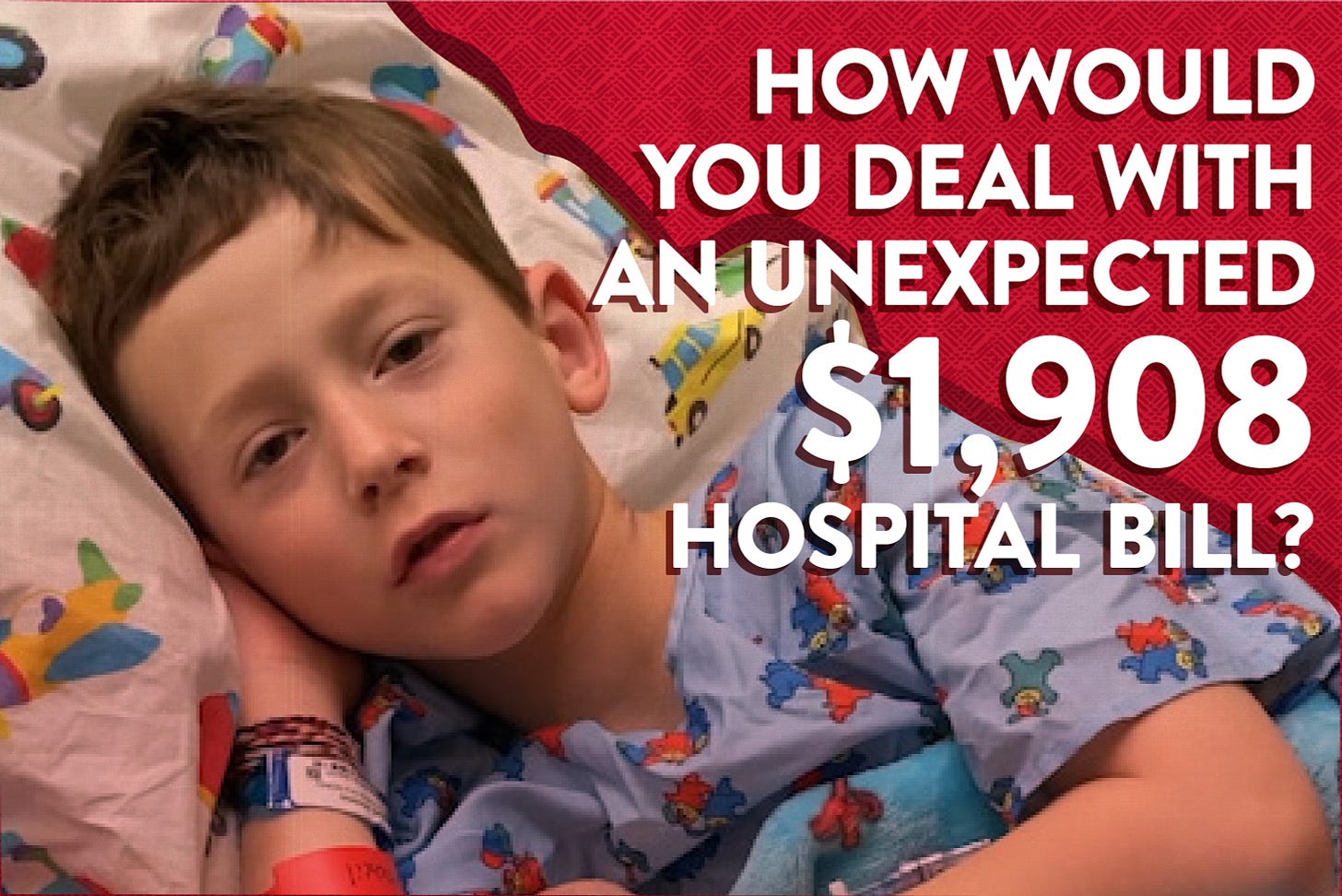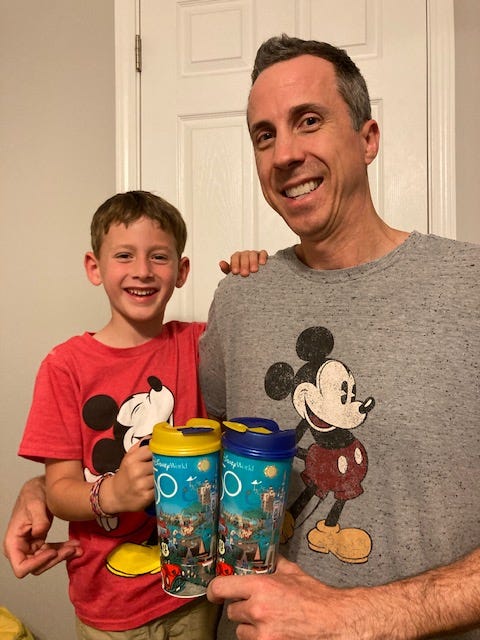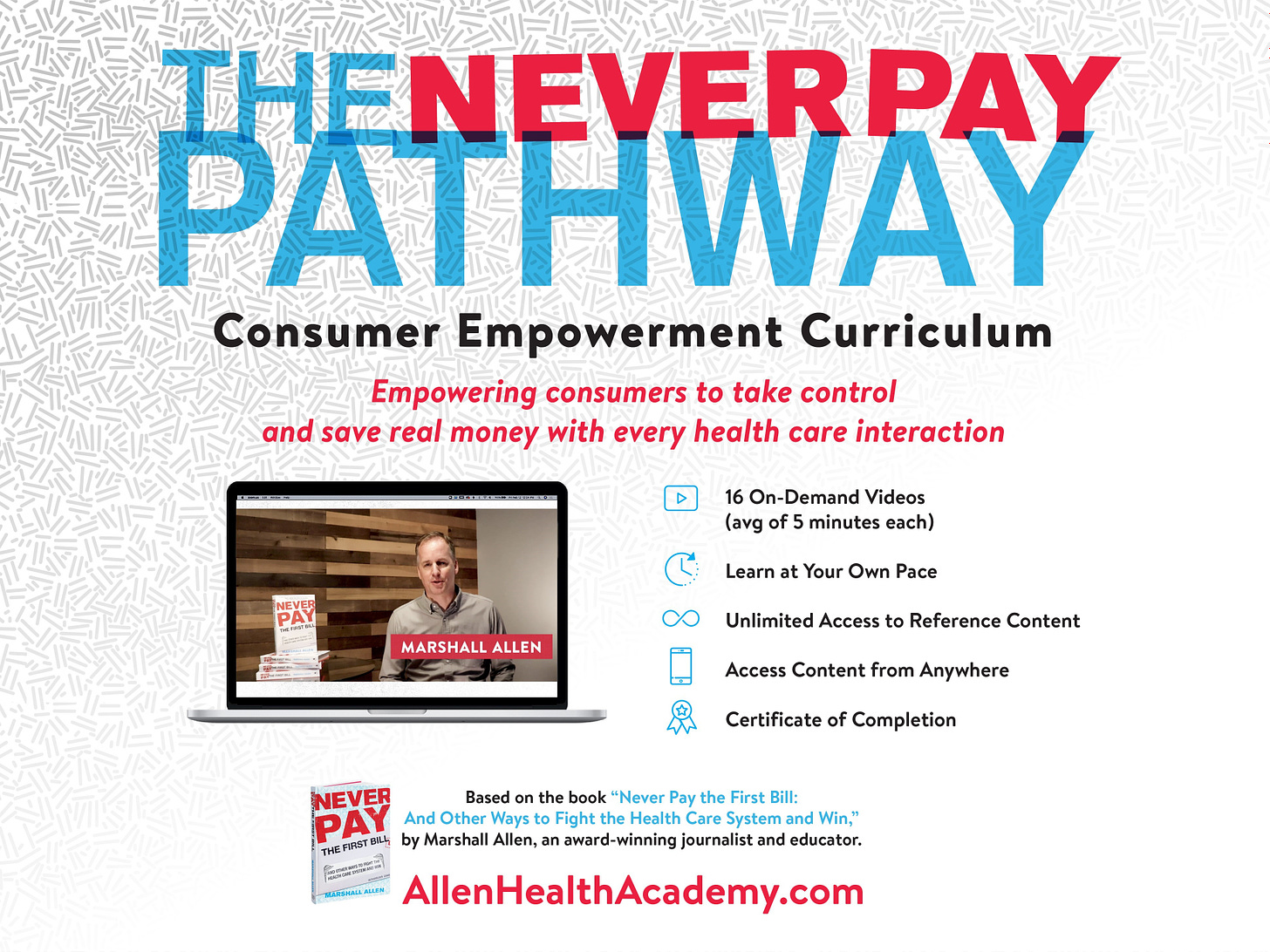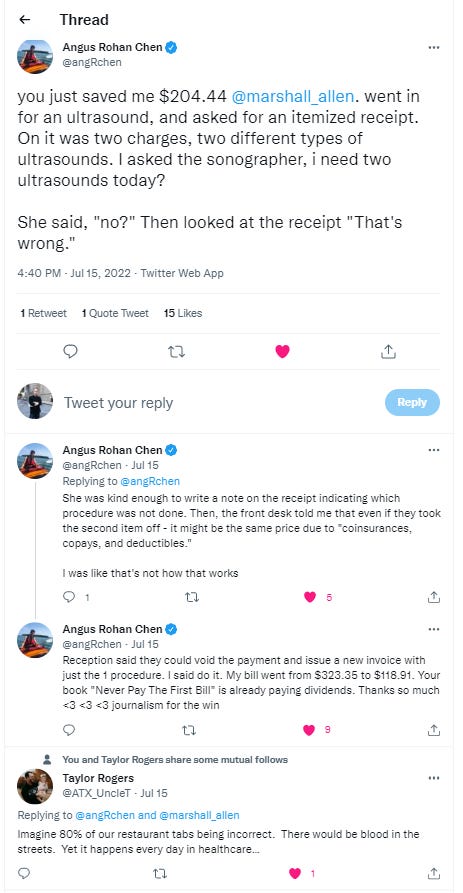How Would You Deal With An Unexpected $1,908 Hospital Bill?
The parents of Maddux Brown saved big when they learned that nonprofit hospitals are required to provide financial assistance. You and your loved ones could, too!
When 6-year-old Maddux Brown underwent a 15-minute surgical procedure his dad Jason didn’t expect the bill to empty his bank account.
Doctors had removed a concerning mole from the boy’s neck on Valentine’s Day at Children’s Healthcare of Atlanta, and the procedure had been a success. But weeks later Jason did a double take when he saw the bill. His insurance plan paid $3,634 and he was billed for an additional $1,908.
Jason felt like he’d been punched in the face. He thought he’d only have to pay a few hundred dollars. Jason and his wife have two young sons. He is a technical writer and editor for a transportation consulting firm, and the author of two personal finance books. The family didn’t have an extra two grand lying around. That’s true for many of us. Unexpected medical bills are crushing family budgets across the country. About 2 in 5 Americans either could not pay a $500 medical bill or would have to pay it off over time, according to a recent Kaiser Family Foundation poll.
Jason and his wife didn’t want to go on a payment plan and considered letting the bill go to collections. He felt frustrated by the whole experience as a health care consumer. “When you get these bills it’s like they’re just pulling numbers out of a hat,” he said.
As the couple was wrestling with this new financial burden, Jason heard about my appearance on the How To Money podcast. He listened and heard me talk about my book, “Never Pay the First Bill: And Other Ways to Fight the Health Care System and Win.” “It was good inspiration,” Jason told me. “I was like, ‘Let me just see.’”
The next day, he called the hospital billing department. “Look, we’re not going to be able to pay this,” he told the billing rep. “I don’t know what to do.”
“You can apply for assistance,” the representative told him.
I write about hospital financial assistance policies in my book and have a helpful how-to video about them in my Never Pay Pathway health literacy videos. The IRS requires nonprofit hospitals to provide financial assistance to patients who can’t afford their bills. The programs are supposed to be well publicized but patients often don’t hear about them. The criteria to qualify are based on income and may vary — some hospitals are stingier than others — but people with modest incomes could have their entire bill forgiven. Middle class families can benefit, too. The Children’s Healthcare of Atlanta policy, for example, shows that a patient from a family of four qualifies for financial assistance if the family income is up to about $90,000!
It only took about 30 minutes for Jason to complete the paperwork. The hospital required him to verify his income, so he attached a pay stub and W2 form to his email. He hoped for a discount of 20 percent, or at the best 50 percent.
A letter from the hospital arrived about two weeks later and Jason’s wife almost fainted when she read it. “We are pleased to tell you that you are eligible for free services because of your income,” the letter said. “We are therefore writing off the above hospital balance.”
The discount was 100 percent!
“It was a massive relief to have that financial burden removed,” Jason said. “I had to look at that letter several times and make sure I read it correctly: ‘Did they say the balance was zero?’”
Jason called applying for financial assistance “an easy process” where patients have nothing to lose. People need to be more aware so they can apply, he said. “For me it was just a huge light bulb that went off,” he said. I had no idea that you could even do that.”
This sounds too good to be true, doesn’t it? I called my friend Jared Walker to get an idea of how often patients are successful applying for financial assistance. Jared is the founder of the nonprofit Dollar For and he may be the nation’s foremost consumer expert on applying for financial assistance in hospitals. Dollar For has filed financial assistance paperwork for about 4,000 patients, he told me. When the patient qualifies financially and files an application within 240 days - the typical deadline - Jared estimated the success rate is about 90 percent. There can be roadblocks, he said, and it may require persistence, but many patients can handle the application themselves. If you need help, Dollar For will assist you for free.
Takeaways:
Get educated. My book and my health literacy videos could save you hundreds or even thousands of dollars per health care encounter.
Never Pay the First Bill. Instead, negotiate. Patients should never be afraid to call the hospital billing department to ask for a better deal.
Apply. Ask your hospital for its financial assistance policy and don’t hesitate to apply if you qualify.
Fighting medical bills is worth your time. When I fight a medical bill, I look at it like I’m paying myself for my time by saving my own money. In Jason’s case, he earned the equivalent of $3,800 an hour by sending in the application. That’s a nice return on his investment. That type of savings is there for all of us. It’s worth it!
Do you have a Victory Story? Please share it with me so I can pass it along to others. It’s inspiring and informative to hear how patients are winning these battles!
Enthusiasm for The Never Pay Pathway health literacy videos
I’m so encouraged by the enthusiastic response to the launch of The Never Pay Pathway health literacy videos. I’ve had numerous conversations with like-minded benefits advisors and others who are excited to roll the videos out to their employer-clients. We are building a financial wellness movement that’s bringing relief to working Americans. I’m looking forward to bringing it to scale.
If you have questions or interest in integrating The Never Pay Pathway into your health plan, please reach out at neverpay@marshallallen.com.
If restaurant bills contained as many errors as medical bills…
The best thing about my book and health literacy videos is hearing the Victory Stories from the everyday Americans who are advocating for themselves and saving big money. I loved this tweet thread from journalist Angus Chen. Make sure and read through to get the kicker from benefits advisor Taylor Rogers.
Keep those subscribers coming!
This newsletter is building a loyal following! The number of subscribers has almost doubled in the past six months. Nice!
My goals here are audacious. I want this newsletter to empower every working American to fight back against the predatory financial practices that are so common in our health care system. Will you please help me? Please share this free newsletter with others and encourage them to subscribe. Pass it along to every employee on your organization’s health plan, so they can take charge and save money when they need health care. Thank you!









